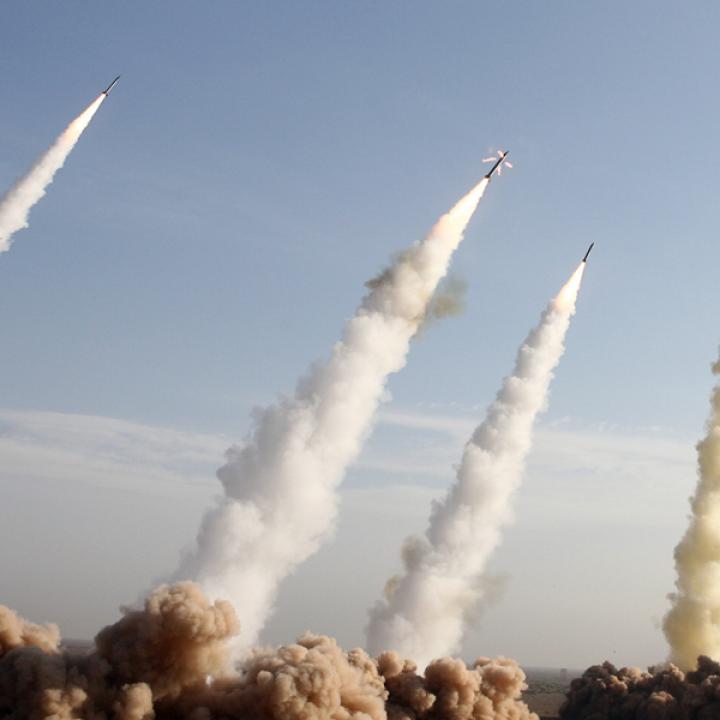

Iran's missile force could double or triple in size by the time the major limits imposed by the nuclear deal are supposed to be lifted, so any attempts to improve on the JCPOA should address Iran's missile program as well.
ABOUT THIS STUDY
Iran has the largest missile force in the Middle East, consisting of more than a thousand short- and medium-range ballistic missiles, and possibly land-attack cruise missiles. Although its missiles are conventionally armed, many could deliver a nuclear weapon if Iran were to acquire such a capability. While the recent nuclear accord with Iran -- the Joint Comprehensive Plan of Action -- will likely defer such an eventuality, it did not impose new constraints on Iran's missile program. On the contrary, it loosened them -- and included provisions for their lifting in eight years, if not sooner.
Iran's missile force could double or triple in size by the time the major limits imposed by the nuclear deal are supposed to be lifted, fifteen years from now. By then, Iran's growing missile and cyber capabilities will pose major challenges to regional missile defenses, military and critical infrastructure targets, and civilian population centers. For this reason, any attempts to improve on the nuclear deal with Iran should address Iran's missile program as well.
In this new Research Note, military expert Michael Eisenstadt describes the role of missiles in Iran's military strategy, and what the United States and its allies and partners should do to counter the threat.
THE AUTHOR
Michael Eisenstadt is the Kahn Fellow and director of the Military and Security Studies Program at The Washington Institute. A specialist in Persian Gulf and Arab-Israeli security affairs, he focuses on Iran's nuclear program and its implications, Iran's regional influence and strategic culture, the military campaign against the Islamic State in Iraq and Syria, the role of the military instrument in U.S. policy, gray zone/irregular/hybrid conflict, and the Arab-Israeli conflict.




